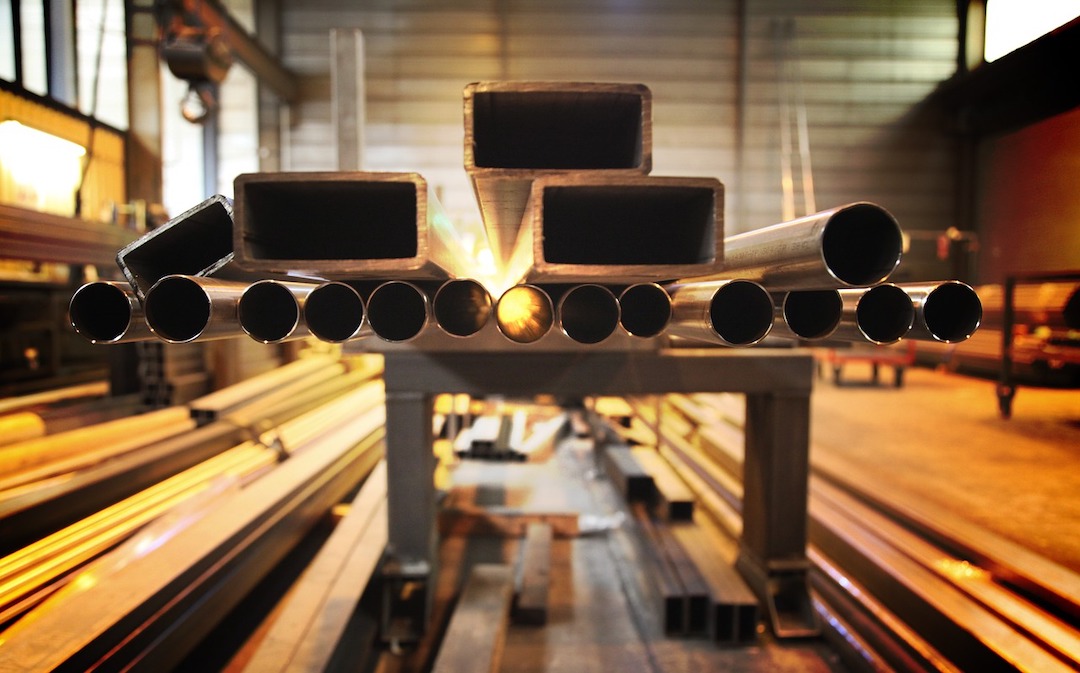The American Institute of Steel Construction (AISC) recently issued a draft of AISC 341, a standard that provides guidance on designing earthquake-resistant steel buildings and it is available for public comments.
The draft standard incorporates new design limits for steel columns based on research conducted by the National Institute of Standards and Technology (NIST) and the University of California San Diego. Using a shake table, researchers identified deficiencies in the performance of a certain type of column, with many test assemblies buckling prematurely.
Based on the findings, the researchers devised new limits for the cross-sectional slenderness of steel columns. “A lot of current design provisions are based on scaled-down column tests or a very small number of full-scale tests,” said NIST structural engineer John Harris in a news release. “But the full-scale testing we conducted has allowed us to begin filling in the knowledge gap regarding the performance of these kinds of columns under extreme loading conditions.”
The draft includes new slenderness limits on columns, with structural steel webs—sized according to the new limit—that could meet drift and stability requirements at the same time. The more stringent limits on steel column webs could soften the blow of earthquakes, potentially saving newly designed buildings from unnecessary damage or partial collapse.
Related Stories
Codes and Standards | Nov 8, 2018
Denver replaces green roof mandate with cool roof option
Less costly light-colored roofs can cut project costs by about 1.5%.
Codes and Standards | Nov 7, 2018
New report addresses sound transmission of wood-framed assemblies
AWC document provides empirical sound transmission model.
Codes and Standards | Nov 6, 2018
AIA releases 13 new and updated contract documents
Includes new Contractor-Subcontractor Master Agreement.
Codes and Standards | Nov 2, 2018
New Milwaukee Bucks home called world’s first bird-friendly sports arena
Design will make bird collisions less likely.
Codes and Standards | Nov 1, 2018
Several barriers holding back widespread construction of zero energy buildings
Code improvements and voluntary programs could add momentum.
Codes and Standards | Oct 31, 2018
Boston’s new flood protection plan centers on new parks
Initiative would add 67 acres of public open space.
Codes and Standards | Oct 30, 2018
San Francisco plans tougher seismic building codes
Recommendations include addressing geotechnical issues like those faced by Millennium Tower.
Codes and Standards | Oct 26, 2018
Tall Mass Timber code proposals approved at Intl. Code Council public comment hearings
Proposals now go to online voting; final outcome expected in December.
Codes and Standards | Oct 25, 2018
Low-income neighborhoods could benefit most from green roofs
Those areas face the biggest risk from extreme heat.
Codes and Standards | Oct 24, 2018
Building design critical to prevent school shootings
Safety must be balanced with welcoming environment.

















